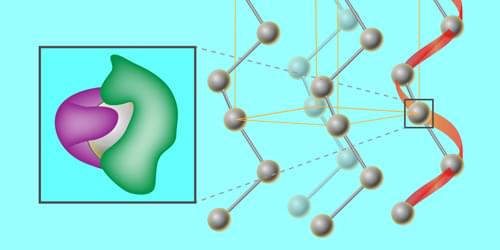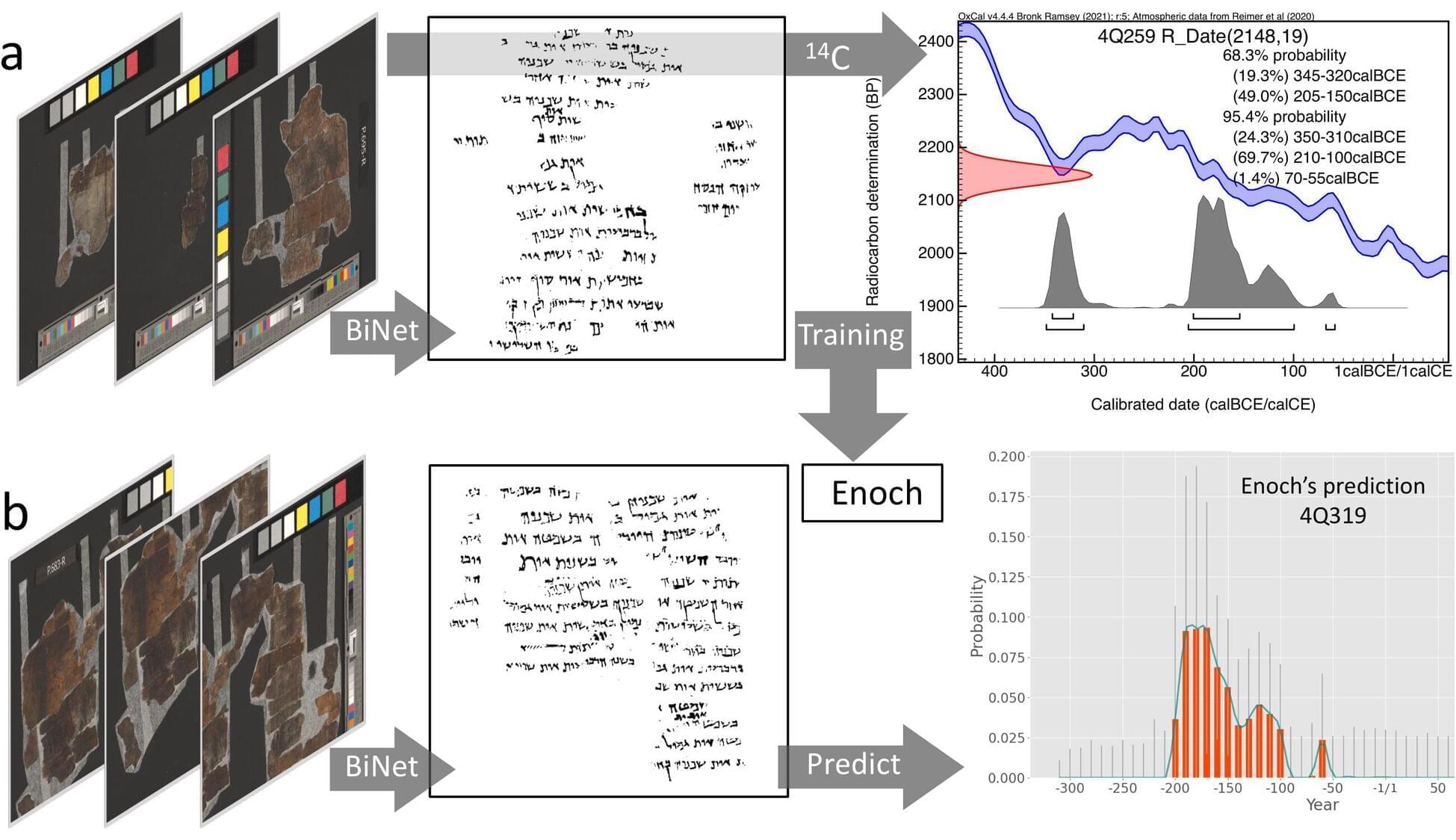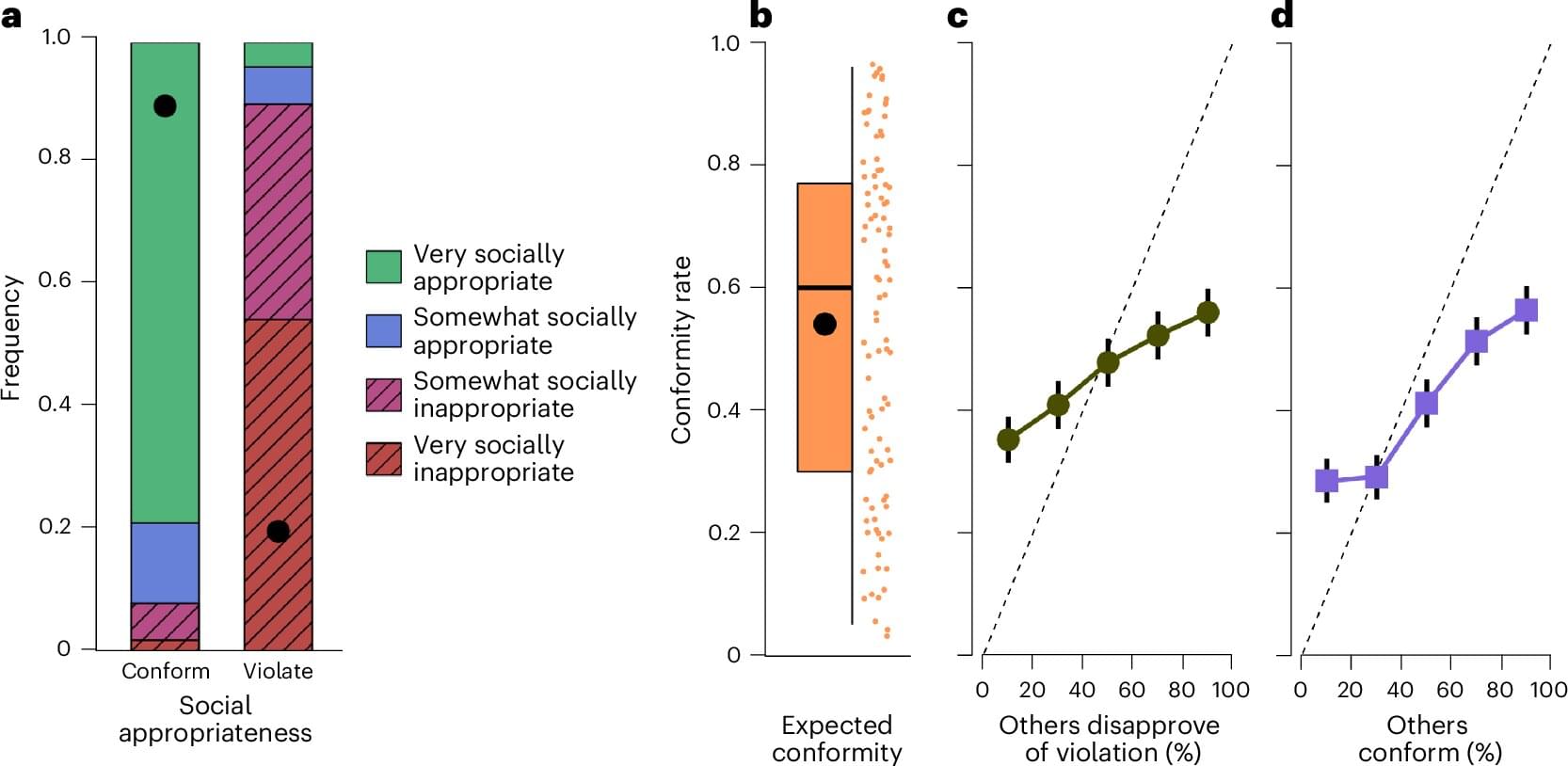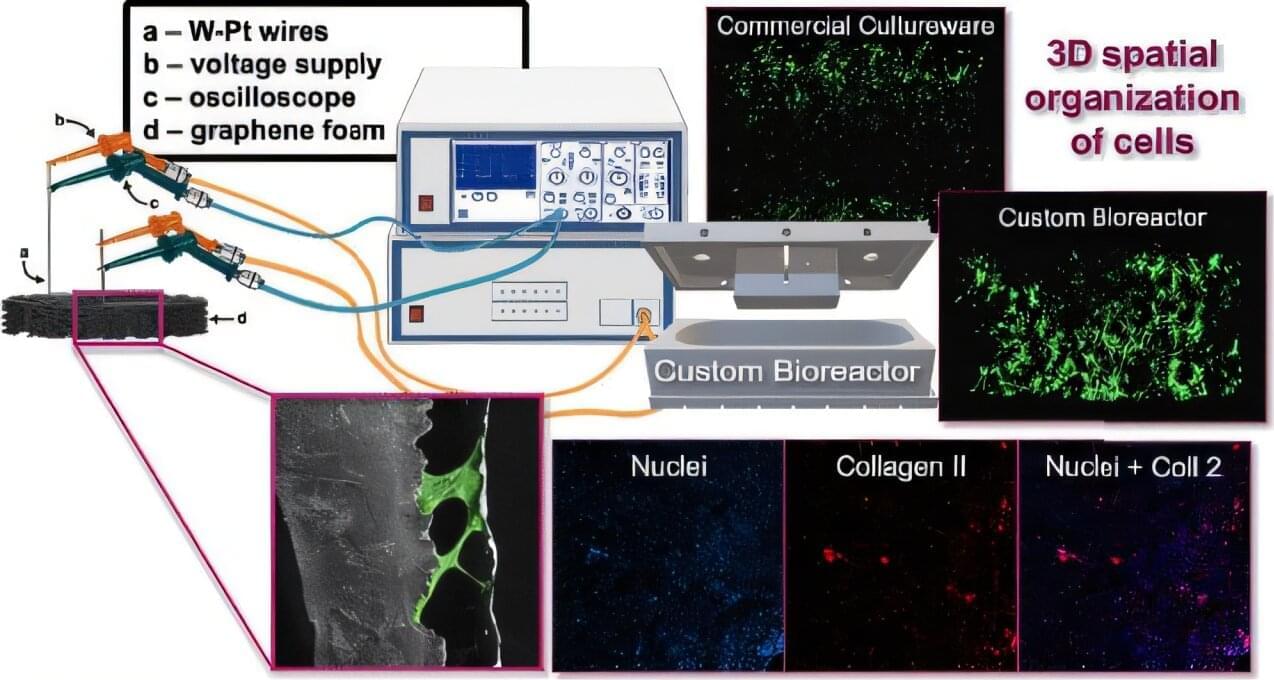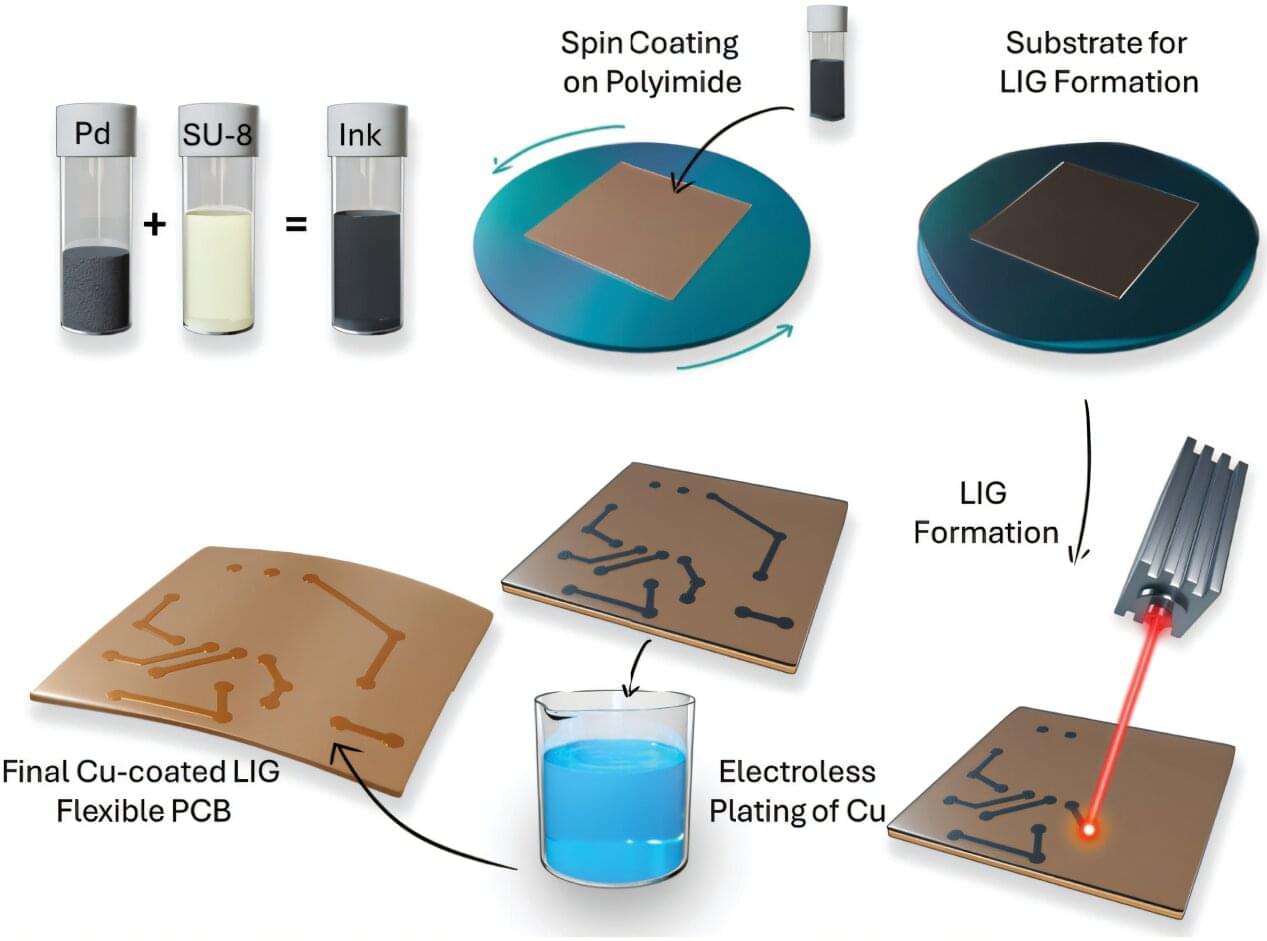A new framework for studying chiral materials puts the emphasis on electron chirality rather than on the asymmetry of the atomic structure.
Chirality is a fundamental feature of nature, manifesting across scales—from elementary particles and molecules to biological organisms and galaxy formation. An object is considered chiral if it cannot be superimposed on its mirror image. In condensed-matter physics, chirality is primarily viewed as a structural asymmetry in the spatial arrangement of atoms within a crystal lattice [1]. A perhaps less familiar fact is that chirality is also a fundamental quantum property of individual electron states [2]. Now, Tatsuya Miki from Saitama University in Japan and colleagues introduce electron chirality as a framework to quantify symmetry breaking in solids, focusing on chiral and related axial materials [3]. The researchers propose a way of measuring electron chirality with photoemission spectroscopy.
